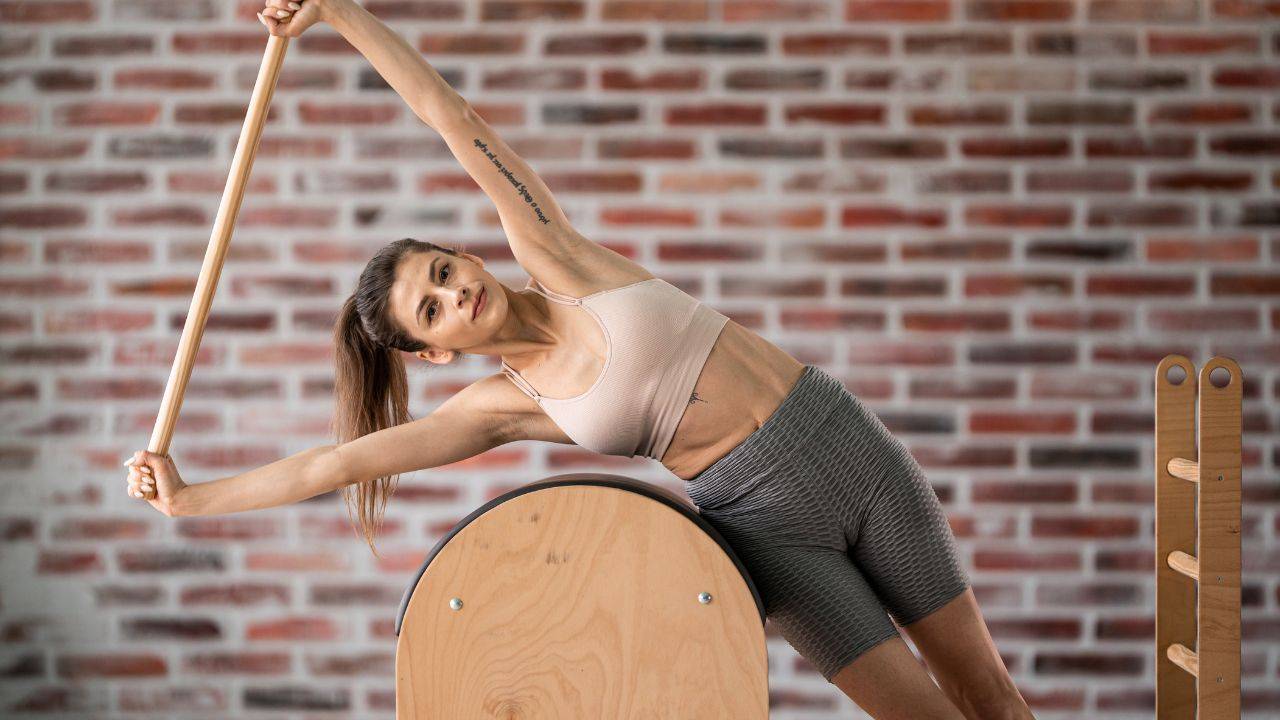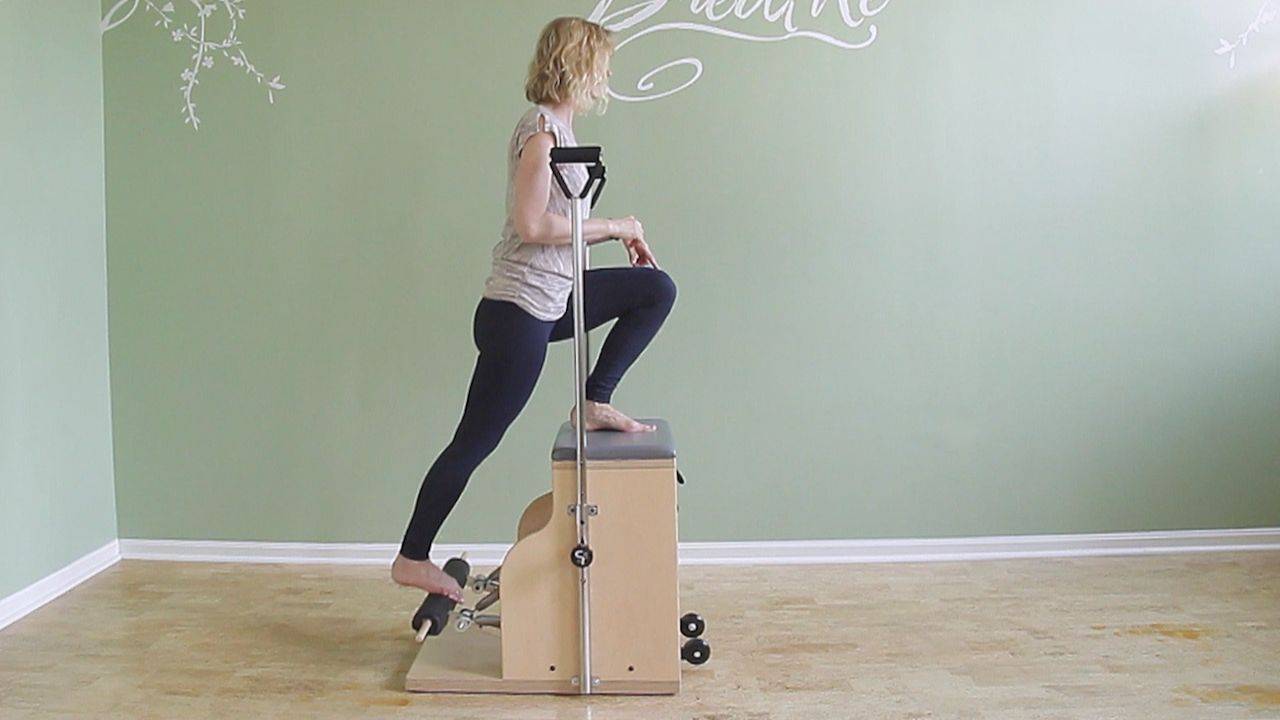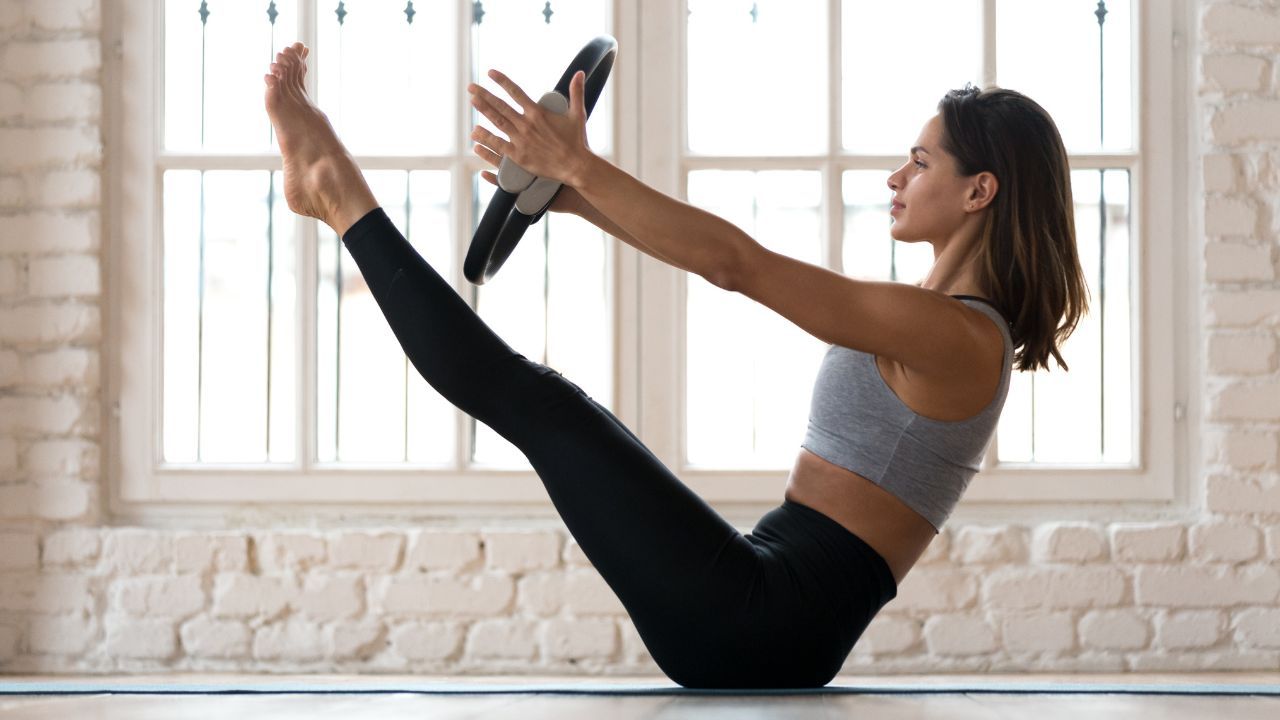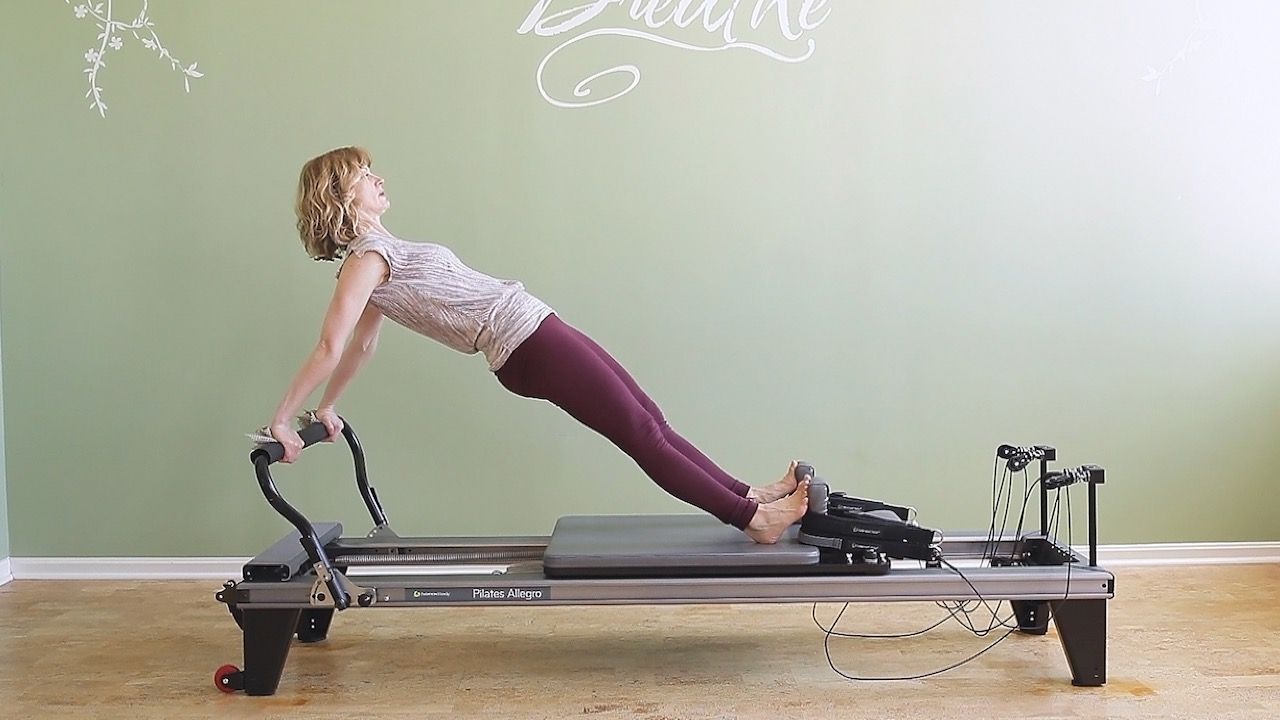Core Principles For Teaching Pilates
Jul 25, 2022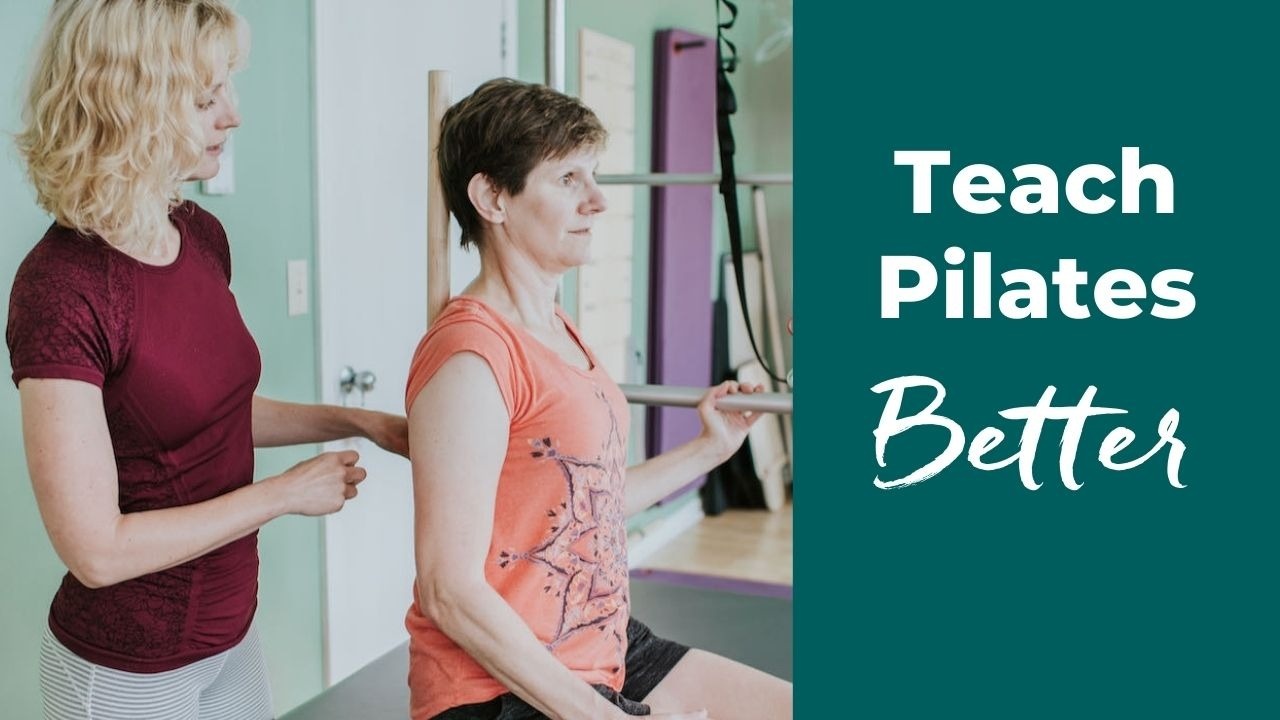
Despite the word core in the title of this article, we won’t discuss Pilates technique per se today. Knowing the exercise repertoire inside out is a prerequisite for teaching Pilates.
Because teaching Pilates requires a whole different skill set than practicing Pilates.
When you're standing in front of a room of students excited to work out, you can’t be busy trying to remember how the exercise goes. You need all your mental energy for making sure no-one gets hurt while guiding your clients through a challenging workout. And that’s not as easy as it sounds.
You’re straddling two opposite goals: making it hard enough so your students’ bodies become stronger on the one hand, and preventing one of your students to perform exercises in a way that can potentially do more harm than good on the other hand. This challenge and responsibility should be taken seriously.
Here are 4 Pilates teaching principles that will help you teach safe and effective Pilates classes and private session.
C…ome Prepared
O…bserve and Correct
R…emember and Repeat
E…ducate
1. Come Prepared
- Make a class plan. (Download my free template to make this part easier).
- Preparation will boost your confidence. Even if you decide to make some on-the-spot changes, you’ll have something to come back to. Instead of trying to think about what exercise to teach next, you can focus all your mental energy on watching and correcting your students.
- Make sure your class plan includes progressions. If you’re not yet familiar with the teaching skill called Layering, make sure to read up on that right away. Most likely you’re teaching mixed-level classes, in which case you must always start with the easiest variation of each exercise and slowly progress to harder variations. A common mistake teachers make is to teach an intermediate exercise, and then realize that half the class can’t do it, so they modify backwards. That’s not efficient. And few people will want to choose the regression (because more is more, right?). Even if you’re teaching mostly one-to-ones, preparing the body with a few chest lifts instead of jumping cold into the Hundred is always a good idea.
- Part of this preparation phase is knowing what exact words to use to cue each of the exercises you’re teaching.
2. Observe and Correct
- Teaching a class is not the time for your workout. Your students are not paying you to work out. Demonstrate as little as possible. If you’re doing the exercises then you don’t have the time or viewpoint to watch your students, catch their mistakes and correct them. Joseph Pilates wrote in his book Your Health "Aggressive action should and must be taken to bring to light my teachings of health, strength and happiness through proper corrective exercises."
- Intensity in Pilates comes from precision. It’s your job as the teacher to make sure their movement is precise. (They don’t know how to do the movements correctly unless you teach them properly.)
- Give clear precise instructions. Speak loudly enough so all people in the room can hear you. Enunciate clearly. Use few words that mean a lot. (Instead of many filler words that don’t say anything).
- Use imagery when it helps you say more with fewer words.
- Use visual cues when necessary. Stand where your students can see you (not behind the student).
- Use tactile cues when verbal and visual cues didn’t achieve the desired result or when your hands can cause a quicker alignment change in your student than your words could. (Some positions are much easier to understand when felt).
Related:
The Cueing Cure - a 30-day Verbal Cueing Bootcamp
3. Remember and Repeat
Most leisure and physical activities require some skill. Whether you’re learning to play an instrument or a sport, there are times when you teach something new and then there are times when you practice what you’ve learned.
When starting to play the piano, your teacher teaches you the C major scale. She shows you once, or maybe a second time, and then you spend the next few weeks and months practicing the scale. Your goal in this practicing phase is to get your fingers to do what your mind has understood.
When teaching a new exercise to your students, you might demonstrate it, you might offer a stop-and-go explanation of the whole flow (Back Rowing, I’m looking at you!) until your students have memorized the movement pattern. Then, it’s up to your student to remember and make her body do what she has learned. Better, more precisely with each repetition.
Make sure you don’t just “instruct” the C major scale (i.e. Short Spine) in every single lesson. Once you’ve explained it, your student has to practice it. It’s her responsibility to remember it because her mind tells her body how to move. (It’s the mind that shapes the body.) When your students can flow through an exercise on their own, this frees you up to give them specific, individualized and precise cues to improve their technique. Otherwise they will continue to do the exercise with poor form.
Repeating also means to practice more than once per week. Seven days between Pilates workouts is way too long to remember the exercises, let alone movement refinement. Twice a week is really a minimum to make any progress (home practice totally counts in addition to a weekly supervised practice with a teacher.)
You’re not following your student around all day, telling her every five minutes to pull her shoulders down. She has to remember to do it for herself.
That’s how you create lasting change in your students' bodies. Working on improving a specific skill or exercise also gives your students’ practice purpose.
"Contrology is complete coordination of body, mind, and spirit.
Through Contrology you first purposefully acquire complete control of your own body
and then through proper repetition of its exercises
you gradually and progressively acquire that natural rhythm and coordination
associated with all your subconscious activities."Joseph Pilates in Return to Life through Contrology
4. Educate
Most people don’t know how their body works. And many don’t know that they can reeducate their body to reduce overuse injuries or discomfort due to bad posture or habits.
I’ve seen many eyes grow big when explaining that it’s possible to strengthen the muscles in your feet and recreate fallen arches.
Most people think there is nothing they can do about a physical ailment. They assume they are dependent on doctors, medicine, or fate.
Educating doesn’t mean bombarding your students with anatomical terms, but do you know how many people mix up their coccyx and their sacrum? Make sure you’re talking about the same body parts.
Many people have heard that Pilates is mind-body exercise. But what does that really mean?
Explain how the brain-body connection works, what neurological pathways and movement patterns are, and what neuromuscular reeducation is. Obviously you don’t want to just talk for an hour and forget to exercise, but if your client doesn’t believe that she can fix her feet, she will do the exercises you suggest half-heartedly at best.
One of the most commonly ignored principles in Pilates is “less is more”. We all know about it and talk about it, yet EVERYONE ignores it.
They all want to “feel the burn”. No-one chooses the regression that feels much more constructive because “they don’t want to appear lazy”.
This education process can take years until people really get it, until they jump at the opportunity for a regression when you offer it in class because they know it’s better for them and will yield them better results than powering through the hard exercise with terrible form while holding their breath.
Education is empowerment. Your students will be able to make better decisions for their health for the rest of their lives. At the same time, they will respect you more for your honesty and knowledge and refer you to their friends, because they trust you.
"Incorrect habits are responsible for most of our ailments - if not all of them.
Only through proper education is it possible to correct bad habits for good ones."
Joseph Pilates in Return To Health



